The second entry in our series about Miyazaki prefecture’s shochu culture takes us to Tano, about 20 minutes away from downtown Miyazaki. It’s the location of the Watanabe Distillery, a small shochu distillery with a passion for agriculture.
Watanabe Distillery was launched in 1914, and is today run by fourth-generation president Koichiro Watanabe. Founder Sugaichi Watanabe was born in Ehime prefecture, but after a stint in the US learning about forestry, moved to Miyazaki as the area had a burgeoning forestry trade. The story goes that he purchased a shochu distillery which tragically burned down five years later. Luckily he was able to get back on his feet with help from neighbors.That quote is no joke. As far as shochus go, Watanabe Distillery is completely devoted to capturing the natural essence of its ingredients. This begins at their farm, where the company’s workers harvest all of their potatoes by hand. They do not use pesticides. Rather than 100 days, they wait 180 days to harvest their potatoes, enabling them to grow even bigger and more robust.
And that’s just the harvest. A bit of soil is deliberately also left on the potatoes, be them Kogane Sengan or Daichi no Yume varieties, to bring more richness to their flavor.
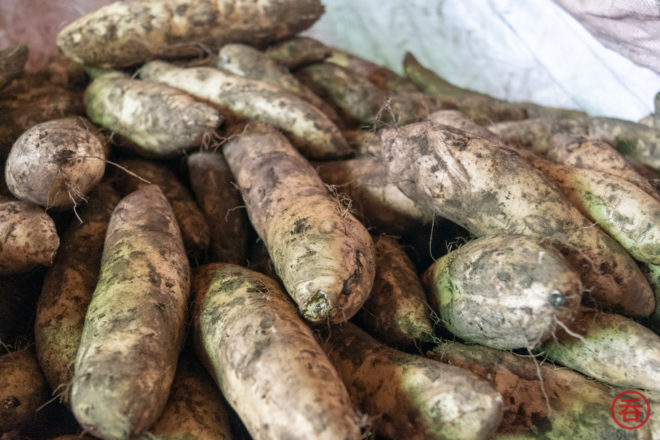
Watanabe Distillery doesn’t do open-air fermentation like you might find at some wineries these days, but they do open-window fermentation. Watanabe-san points out that the distillery is (literally) a stone’s throw away from Michimoto Shokuhin, a maker of pickled delicacies. This adds lactobacillus and natural yeasts to the mash. As you can see in the picture, they try to use wood and bamboo where possible to stir the mash, which doesn’t use any external cooling.
How about the distillation? Some shochu makers may be famous for using vacuum distillation to reduce the boiling point of the wash, but Watanabe Distillery is decisively on the side of atmospheric distillation. Atmospheric distillation produces a more full-bodied, pronounced flavor because the higher temperatures mean more water and positive congeners evaporate alongside the ethanol.
One thing that struck me at Watanabe’s pot still was this setup. This bad boy has not one but three lyne arms. The idea is that the company can open and close them depending on what level of reflux they want in their distillation. It’s an intriguing, if somewhat crude, setup that provides another lever of flexibility.
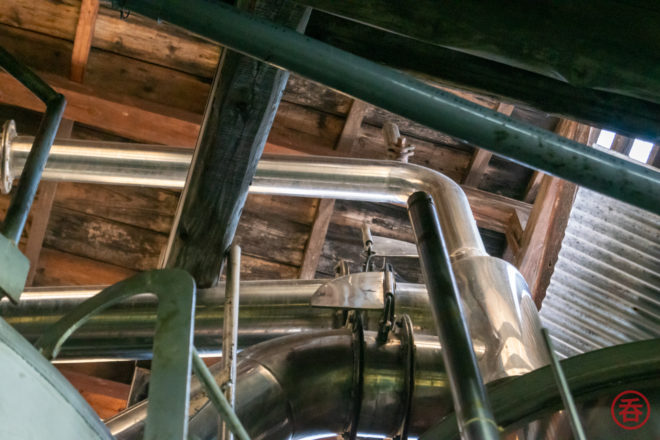
Apart from potato shochu, Watanabe Distillery also does barley shochu. The barley is sourced from either Miyazaki prefecture of Ehime prefecture, the founder’s home.
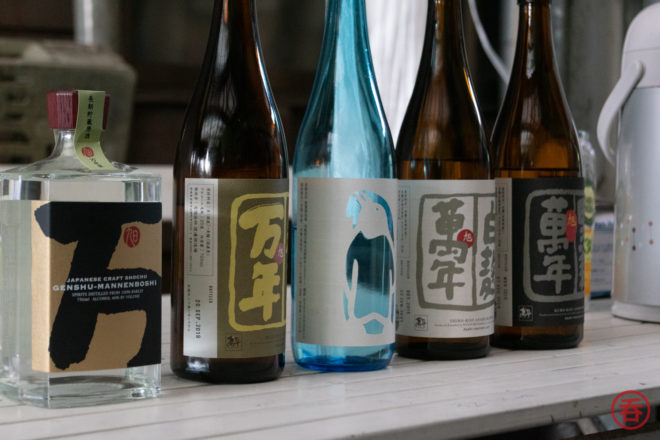
Given the company’s devotion to keeping things natural, it’s easy to see why they also in-housed the processing of their spent wash. They’ve built a facility on the distillery grounds which centrifuges out organics (which are then passed on to local farms for feed), and the wastewater is treated so it can be released in nearby waterways. Expensive, perhaps, but it’s a contribution to the local environment the company is dedicated to protecting.
Watanabe Distillery stays true to its roots, both literally and figuratively.
Hi there! I created and run nomunication.jp. I’ve lived in Tokyo since 2008, and I am a certified Shochu Kikisake-shi/Shochu Sommelier (焼酎唎酒師), Cocktail Professor (カクテル検定1級), and I hold Whisky Kentei Levels 3 and JW (ウイスキー検定3級・JW級). I also sit on the Executive Committees for the Tokyo Whisky & Spirits Competition and Japanese Whisky Day. Click here for more details about me and this site. Kampai!

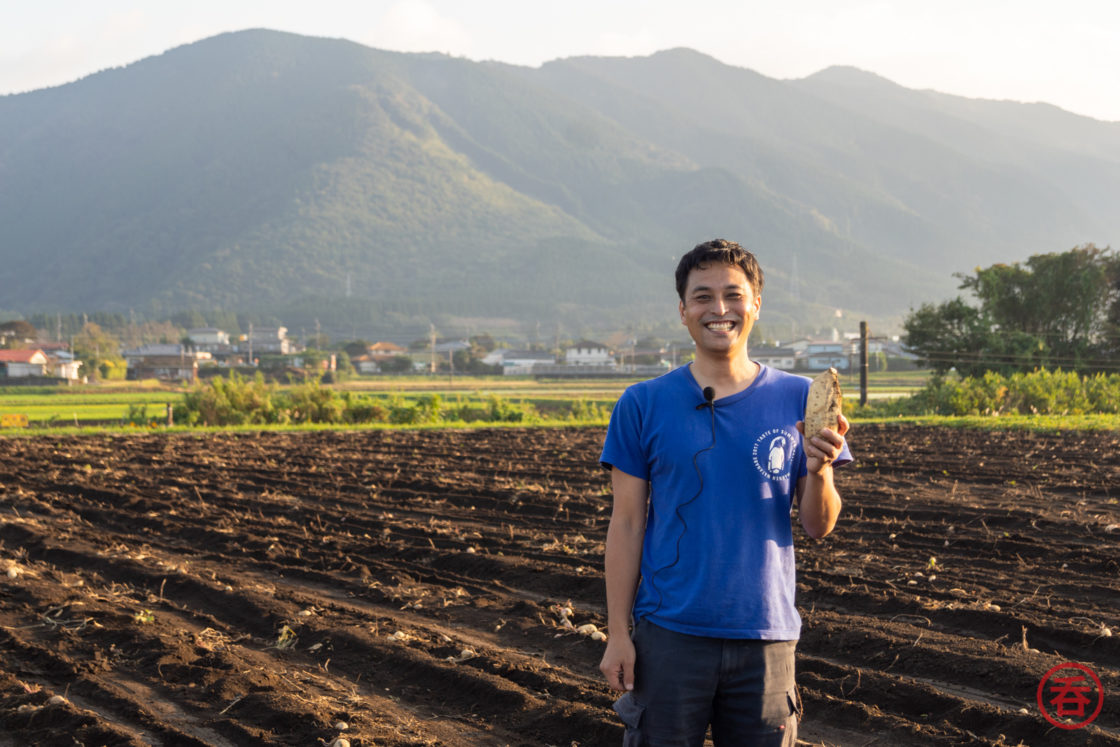
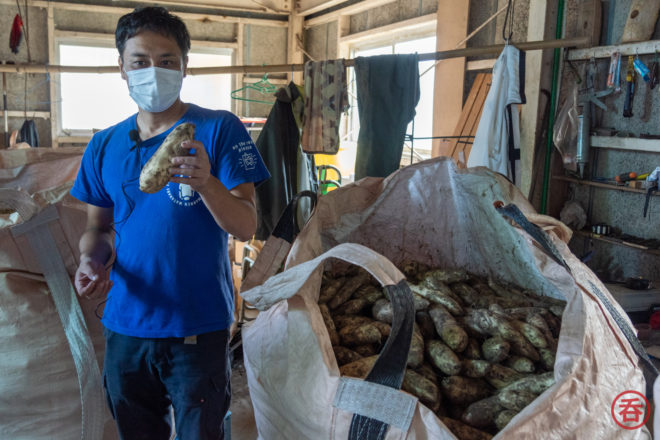

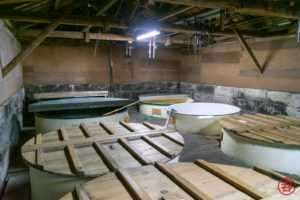
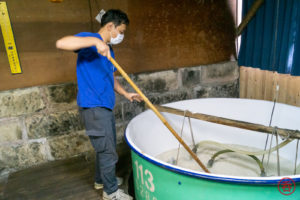
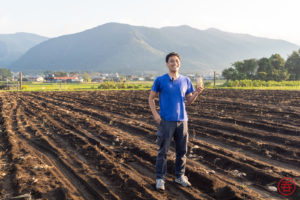
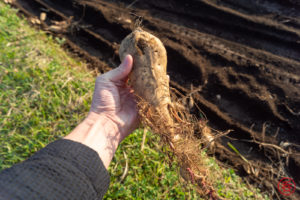
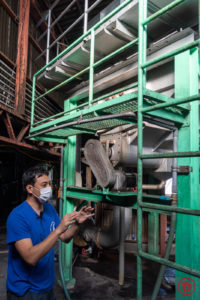
One Comment